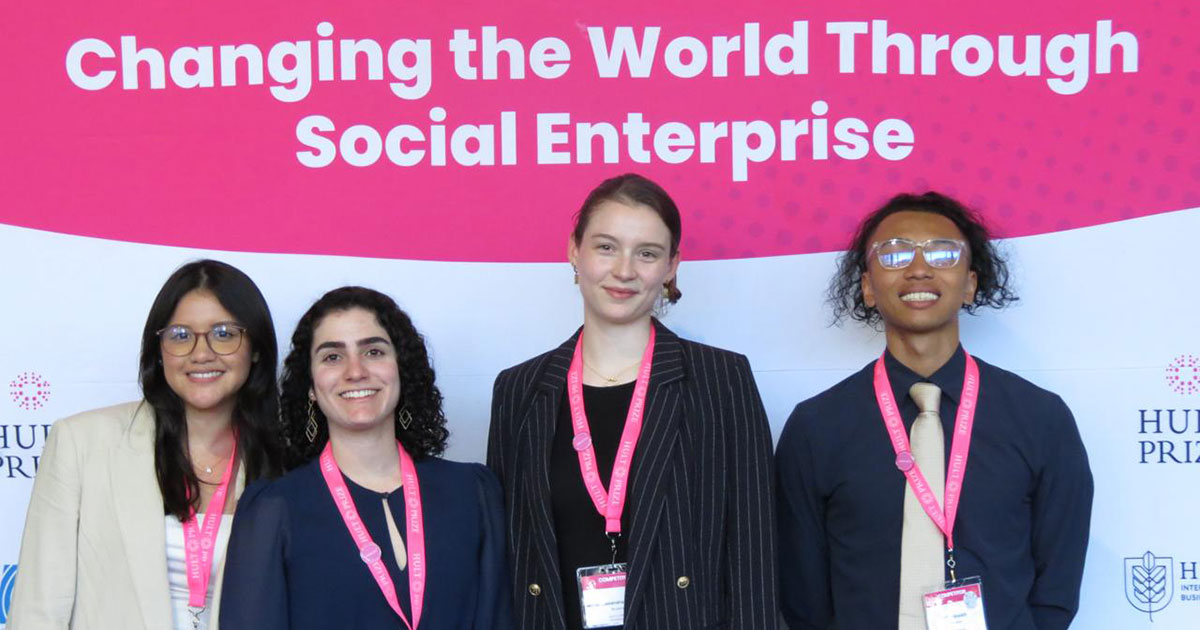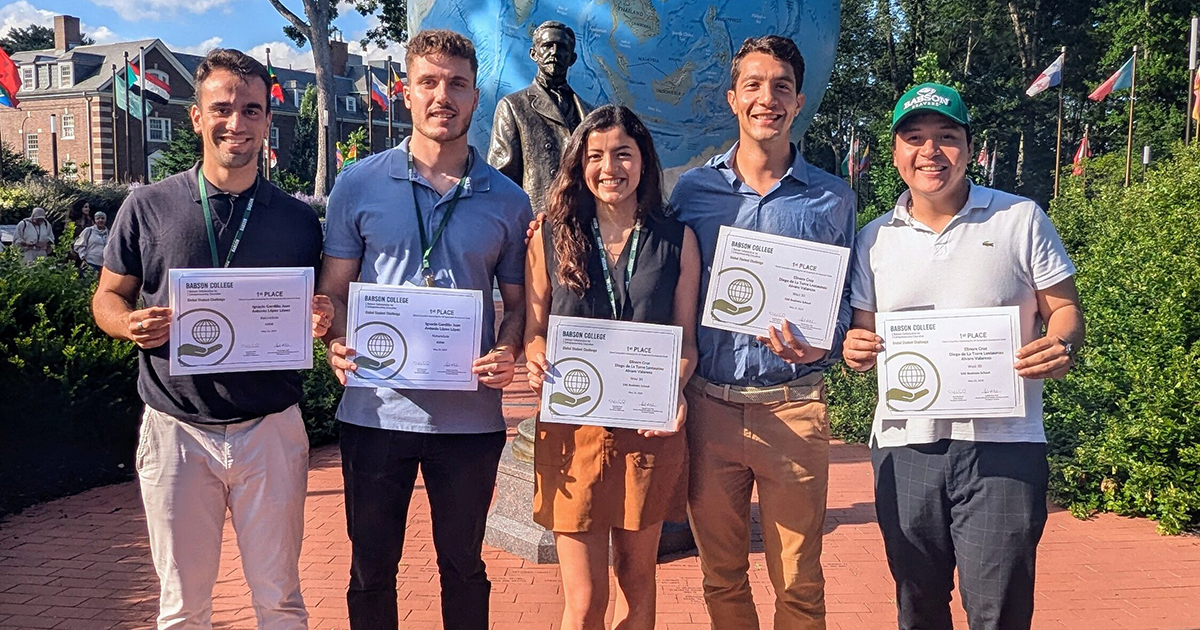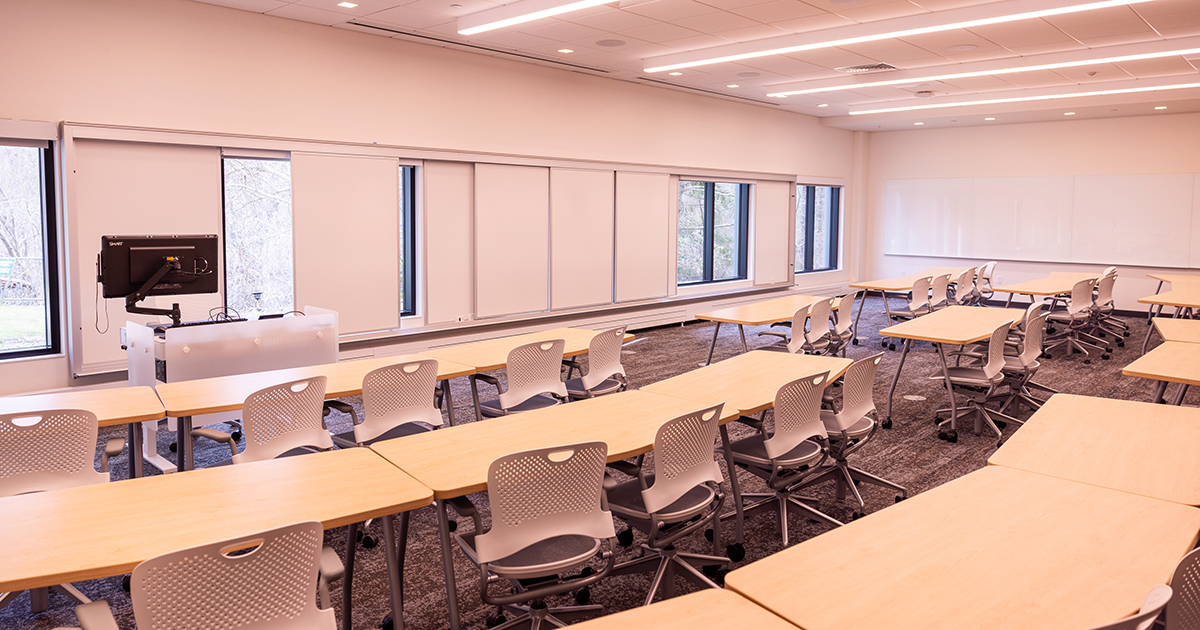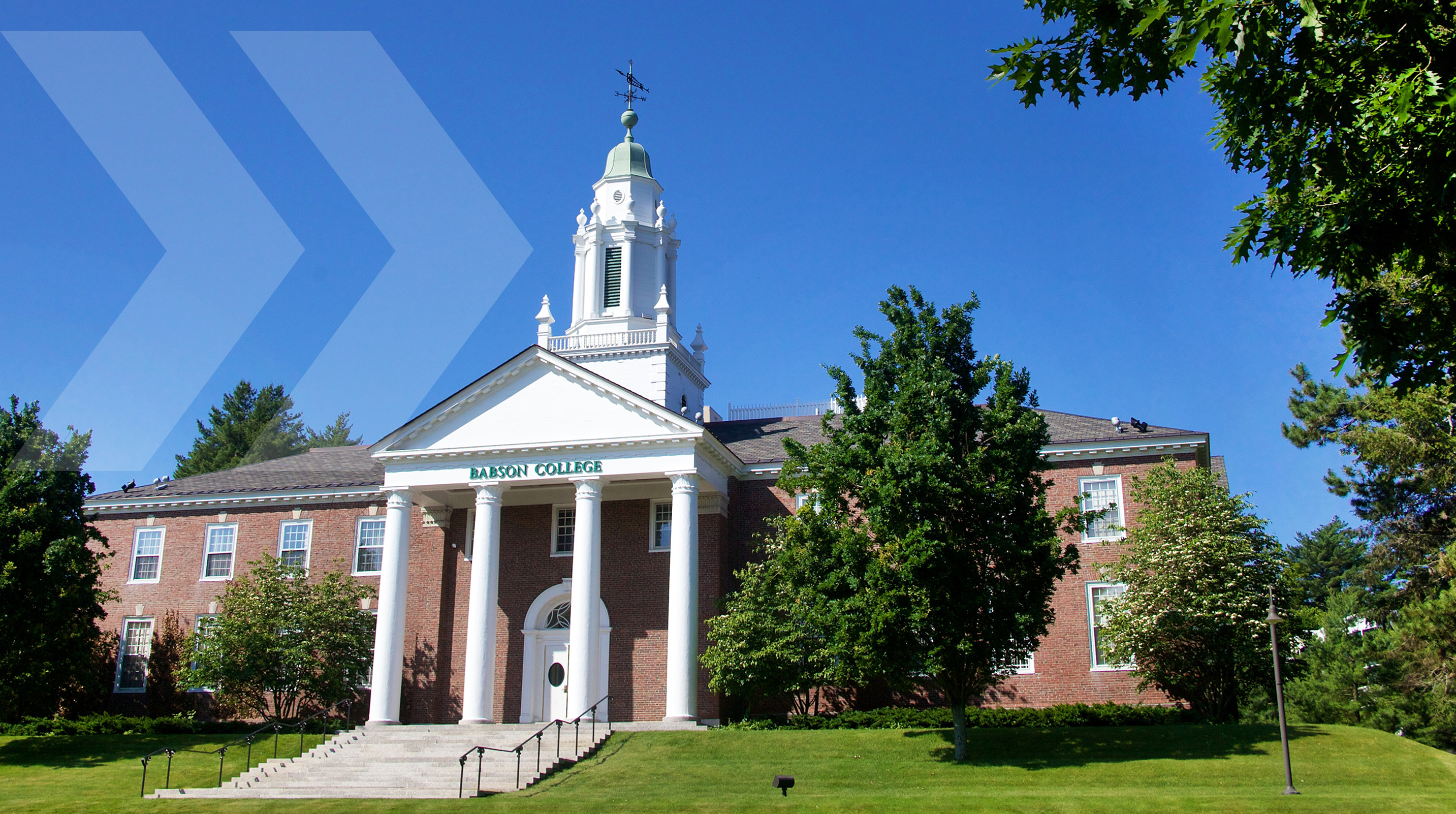How Can We Teach Coding to Kids from Underserved Communities?
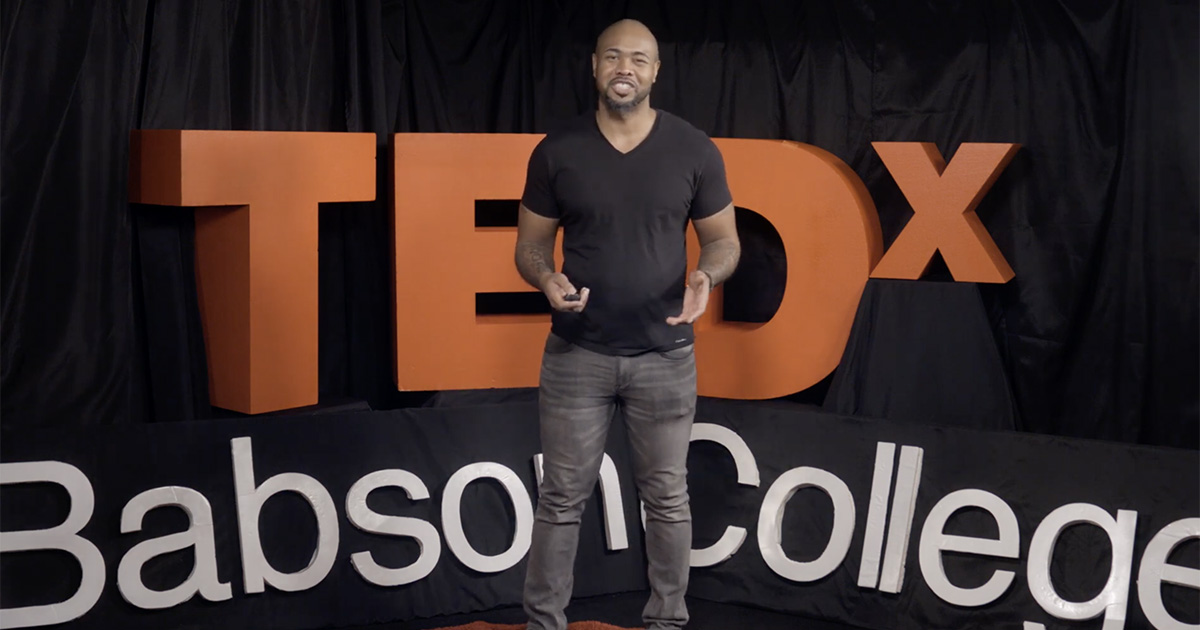
The tech industry has a longstanding diversity and inclusion problem. And, if we want to ensure that the coders and engineers leading tech companies better represent people from all backgrounds, we need to take a more entrepreneurial approach to STEM education.
So says Calvin Pinney, a program manager at Google who is pursuing an MBA part-time at Babson College. At TEDx Babson College, Pinney recently discussed how society can realize new opportunities to increase diversity in STEM (science, technology, engineering, math), if we simply flip our focus from emphasizing foundational skills to rethinking how we teach, engage, and inspire.
In his TEDx talk, Pinney explored how this approach fuels his work as chief evangelist for BreakBeatCode, which teaches children from communities underrepresented in tech to code by coaching them on how to use Python to create music. The program is Pinney’s Twenty Percent project at Google, which empowers its employees to spend one day of their work week, or 20 percent of their time, on a side project of their choosing.
TEDxBabsonCollege, which took place virtually for the first time in 2021, included a diverse panel of innovators discussing “Bridging the Gap, Breaking the Norms.” Watch the entire program:
Make Learning Meaningful
“If we want kids from underserved communities to learn and identify with core skills in STEM, we need to find a way to make that culturally relevant to them,” Pinney said. “They need to see the payoff.”
For example, “in a traditional computer science class, students start out by learning syntax, or the basic rules of coding, and applying these skills to solve meaningless puzzles,” Pinney said. A classic lesson is to write code to check if a word is a palindrome—one that reads the same backward or forward.
Now, if a student already is motivated to apply these skills to building something such as a website or a video game, Pinney said, they may be willing to practice that skill just for the sake of learning it. With a little persistence, they become good at it.
“And, if you are coming from a place of privilege, it should really come as no surprise that you’re good at it. You’ve seen lots of people who can code,” Pinney said. “So, for traditional education, while it may not be the most engaging way to learn, it’s fine.”
However, if you are a student from an underserved community and don’t already identify with the potential of being an engineer, Pinney said, your default assumption when you find the exercise to be difficult at first likely will be: “I’m just not good at coding. No one I know is good at coding. It’s not something people like me do.”
To teach a student with this mindset, you have to make learning highly relevant right from the start, Pinney said. If you don’t, these students quickly will fall back on that default assumption of “I’m not a coder” and disengage.
Applying an entrepreneurial mindset to education means being willing to consider when a traditional teaching approach might not work and a more creative process is needed.
For example, Pinney said using music production as a way to introduce coding can help because people from diverse backgrounds can play music at home and have become professional musicians.
Unlock the Creative Potential
In February 2021, BreakBeatCode and the Orphaned Starfish Foundation co-hosted their first virtual Hackathon for 35 children living in Jamaica, Haiti, and indigenous communities in the United States. Coaches taught small groups of kids coding skills and music theory via hands-on exercises in breakout sessions.
The middle and high school students ended the Hackathon by publishing their first music track. During the virtual closing party, a DJ remixed their beats into a single piece of music in a live set.
The lessons didn’t stop at coding and music, however. Pinney explained that inspiring an entrepreneurial mindset is just as important to developing the tech leaders and artist-engineers of the future.
That’s why BreakBeatCode also introduced the kids to the behind-the-music stories of stars such as Broadway actress Syndee Winters from Hamilton and Rich Nice, the host of SiriusXM’s “Sway in the Morning” and a producer on hit records by Ice Cube, Nas, and others.
The celebrity guests shared with the kids how they got started in the music industry, “how they embraced failure, and how to be bad at something so you can become great at it,” Pinney said. They also talked candidly about “imposter syndrome and all the other barriers the students will need to break through to achieve their dreams.”
“I cannot wait to see what these students will create in the future and how many other students we can reach,” says Andrew B. Stein, founder and executive chairman of the Orphaned Starfish Foundation.
Check out SoundCloud to listen to remixes that students made during a BreakBeatCode hackathon with the Orphaned Starfish Foundation. The students learned to how to create their own music tracks by coding in Python using EarSketch and, in just a few hours, made these tracks:
Live Your Values
In March, BreakBeatCode hosted another virtual Hackathon for 50 children living in Kenya, Ghana, and Nigeria.
However, the Google initiative alone cannot fix the lack of diversity and inclusion in tech and other industries.
Fortunately, opportunities abound for all entrepreneurial leaders interested in helping grow the pipeline for a workforce that is truly reflective of the world we share. And, we all have a part to play, Pinney said.
“You can volunteer your time to teach students from underserved communities in a new, engaging way. If you’re a teacher, you can look at ways of integrating culturally relevant curriculum into your classroom,” Pinney said.
Or, he said, you can borrow Google’s 20 percent concept at your company and “create your own initiatives to better support underserved communities, even if it has nothing to do with your day job.”
Posted in Community
